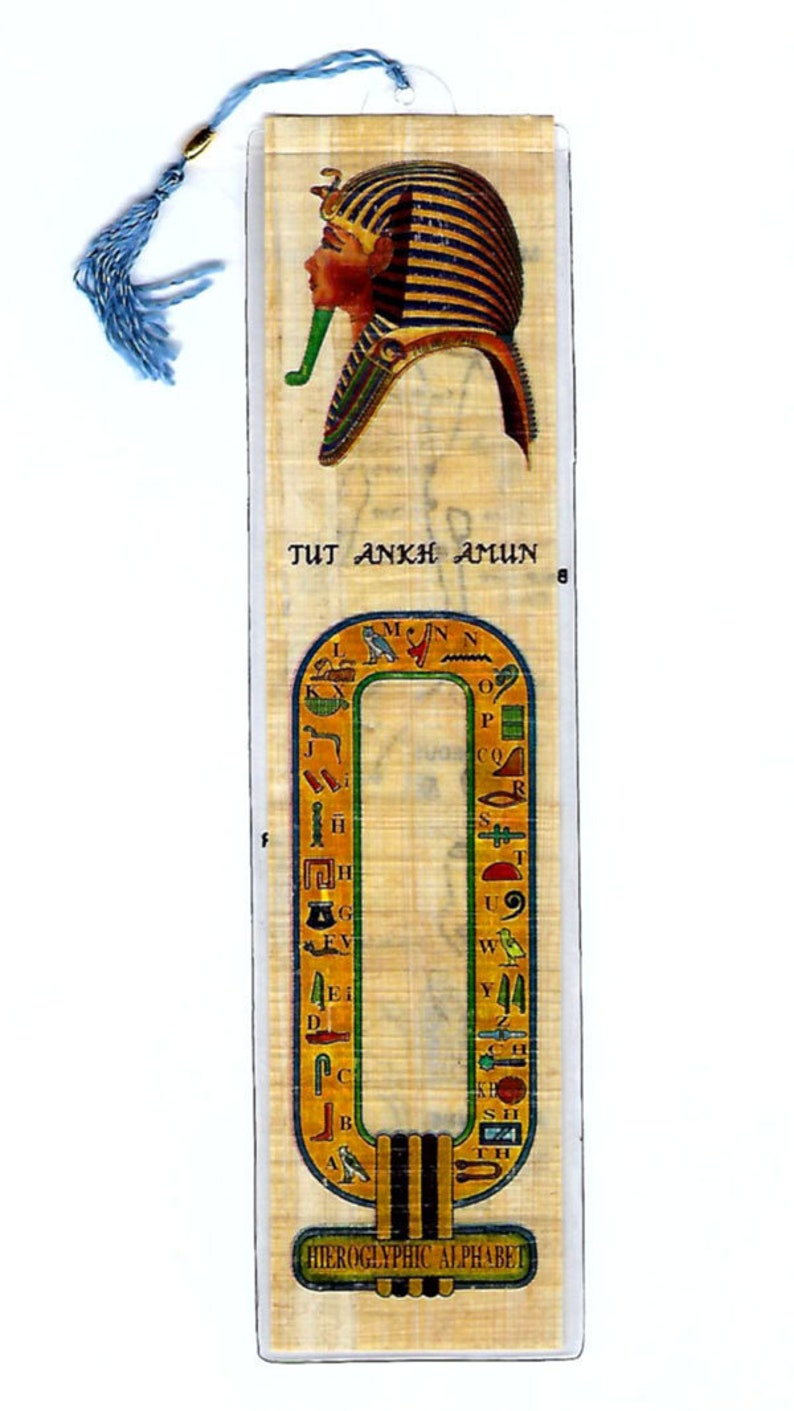

Neither the explorer Peter Forsskål, an apostle of Carl Linnaeus, in the 18th century, nor the Napoleonic expedition saw it in the delta.Īside from papyrus, several other members of the genus Cyperus may also have been involved in the multiple uses Egyptians found for the plant. 10) states that it grew in Syria, and according to Pliny's Natural History, it was also a native plant of the Niger River and the Euphrates. Theophrastus's History of Plants (Book iv.

Currently, only a small population remains in Egypt, in Wadi El Natrun. It is for example depicted on a restored stucco fragment from the palace of Amenhotep III near the present-day village of Malkata. In the Nile Delta, Cyperus papyrus was widely cultivated in ancient times.

Its name has an uncertain origin, but was rendered in Hellenistic Greek as πάπυρος. ) for many purposes, including for making papyrus paper. papyrus, which came very close to extinction, but was rediscovered in 1968. Papyrus in history Įgyptians used the plant (which they called aaru, or the subspecies C. Technically, these are reduced leaves, so strictly it is not quite correct to call this plant fully "leafless". Īlthough no leaves are apparent above the soil line, the younger parts of the rhizome are covered by red-brown, papery, triangular scales, which also cover the base of the culms. Greenish-brown flower clusters eventually appear at the ends of the rays, giving way to brown, nut-like fruits. Each stem is topped by a dense cluster of thin, bright green, thread-like rays around 10 to 30 cm (4 to 10 in) in length, resembling a feather duster when the plant is young. It forms a grass-like clump of triangular green stems that rise up from thick, woody rhizomes. At lake Naivasha, The triangular culms were as much as 7 inches (18 cm) on a side in width. Each culm is a single internode the longest known of any plant. each of the up to one thousand rays of the umbel terminates in a spike of small flowers) for a total height of 31 feet (9.4 m). This tall, robust aquatic plant can grow 4 to 5 m (13 to 16 ft) high, but on the margins of high altitude lakes such as Lake Naivasha in Kenya and Lake Tana in Ethiopia, at altitudes around 6,000 feet (1,800 m) the Papyrus culms can measure up to 29.5 feet (9.0 m) in length, with an additional 18 inches (46 cm) for the inflorescence (a spicate umbel i.e. Papyrus plant ( Cyperus papyrus) at Kew Gardens, London


 0 kommentar(er)
0 kommentar(er)
